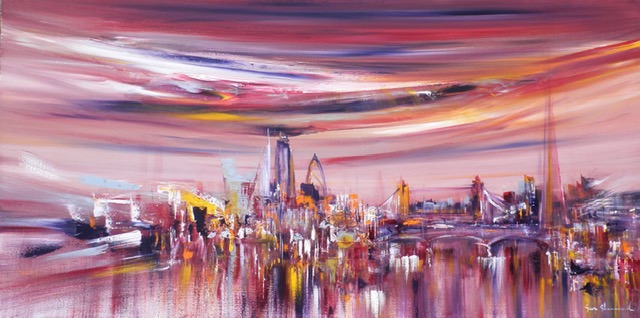From the 1930s and 1940s, pictures of this cityscape had started to substitute landscape artwork. Furthermore, the view in the plane, or by the Eiffel Tower, or even by some of the rising number of skyscrapers across the globe, had shown a horizontal, patterned cityscape in which downturn, thickness, and the pragmatic view had once reigned supreme.
The slums and unhappy conditions were part of nearly every cityscape and had prompted a new generation of architects to look for methods of building along with a way of town planning that they thought would result in positive societal change. You can buy cityscape art via https://www.sarasherwood.co.uk/product-category/cityscape/.

Image Source: Google
The system has been here to stay, and individual artists in addition to the powerful and socially dedicated Bauhaus art college proclaimed their favorable attitudes towards a guy's new cityscape environment full of both machines and vehicles.
Technology had created new substances for its architect of this cityscape including concrete, steel, and sheet glass, which could lead to radically different designs for public buildings and private houses and provide the much-sought independence previously.
Maybe the anti-individualistic facets of machine-produced items may prove to be beneficial instead of harmful. After all, the collective individualism of domestic pride had led to a devastating war. An international, supranational and anti-individualistic design for its new cityscape can help to combine man in a brotherhood.
The substances of this contemporary era and the newest cityscape design went. Steel frames supplied a modular grid that gave an almost infinite verticality into the new structure. Reinforced concrete permitted for expressive forms, and sheet glass allowed the production of pure representing prisms clarified around the planet in mysterious terms.